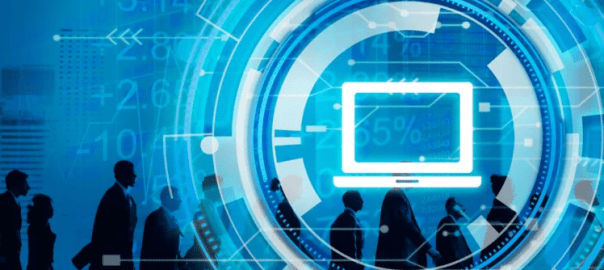June 7, 2023 /Technology/ — Spatial computing is a rapidly evolving field that is still in its early stages. As a result, there is no one-size-fits-all answer to the question of what developing web experiences for this environment looks like. However, there are some general principles that can be applied.
One of the key principles of spatial computing is that it is all about immersion. Users should feel like they are actually inside the experience, rather than simply looking at it from the outside. This can be achieved through a variety of techniques, such as using 3D models, spatial audio, and haptic feedback.
Another key principle is that spatial computing is all about interaction. Users should be able to interact with the environment in a natural way, using their hands, voice, or other natural gestures. This can be achieved through the use of gesture recognition, voice recognition, and other input methods.
Finally, spatial computing is all about collaboration. Users should be able to share experiences with each other, either in real time or asynchronously. This can be achieved through the use of shared spaces, chat, and other collaboration tools.
Here are some examples of how spatial computing can be used to develop web experiences:
- Virtual reality (VR) experiences allow users to explore a virtual world. This can be used for gaming, education, training, and other purposes.
- Augmented reality (AR) experiences overlay digital information onto the real world. This can be used for navigation, shopping, gaming, and other purposes.
- Mixed reality (MR) experiences combine VR and AR. This can be used for industrial design, healthcare, and other purposes.
Here are some practical examples of web experiences that have been developed for spatial computing environments:
- Google Earth: Google Earth is a popular 3D mapping application that allows users to explore the world in a virtual environment.
- Microsoft HoloLens: Microsoft HoloLens is a mixed reality headset that allows users to interact with digital content in the real world.
- Augmented reality games: There are a number of augmented reality games that allow users to interact with virtual objects in the real world.
As spatial computing technology continues to evolve, we can expect to see even more innovative and immersive web experiences being developed.
Here are some additional tips for developing web experiences for spatial computing:
- Start with a clear vision: What do you want your spatial computing experience to be? What are you trying to achieve?
- Do your research: There are a number of resources available to help you learn more about spatial computing.
- Get feedback: Once you have a prototype, get feedback from users to see how they interact with it.
- Iterate and improve: Don’t be afraid to iterate and improve your experience based on feedback.
Spatial computing is a new and exciting field, and there are many opportunities for developers to create innovative and immersive experiences. By following these tips, you can help to shape the future of spatial computing.
Here are some of the challenges that developers face when developing web experiences for spatial computing:
- Hardware requirements: Spatial computing requires powerful hardware, such as high-end graphics cards and powerful processors. This can make it difficult to develop spatial computing experiences for mobile devices.
- Input methods: Spatial computing requires new input methods, such as gesture recognition and voice recognition. This can be challenging to develop and implement.
- Content creation: Creating spatial computing content requires specialized skills and tools. This can make it difficult and expensive to create spatial computing experiences.
Despite these challenges, the potential of spatial computing is vast. As the technology continues to evolve, we can expect to see even more innovative and immersive web experiences emerge.

